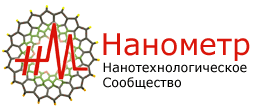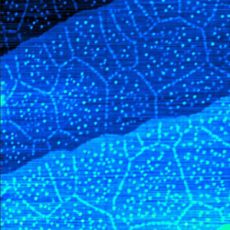Бесплатный вебинар фирмы Bruker "Тысячекратное перекрывание дифракционного предела разрешения" (Beating the Diffraction Limit by 1000X) 27 июня 2013 года.
An introduction to nanoscale IR imaging with applications in graphene
Atomic Force Microscopy is a versatile method enabling nanoscale mapping of a material’s 3D surface, mechanical properties or even electrical conductivity. In addition to these already powerful imaging modes, AFM researchers continue to actively develop more capabilities which add additional layers of information.
In this webinar we provide an introduction to a particularly powerful capability recently implemented by researchers on our AFMs: the ability to perform nanoscale IR imaging of materials using a technique called scattering Scanning Nearfield Optical Microscopy (sSNOM). The XY resolution of sSNOM IR images surpasses 10nm beating the diffraction limit of conventional IR microscopes by as much as 1000X. We will go over the basic physics behind this and show how this technique can be used in much the same way as conventional IR microscopy to identify materials by their molecular resonances, now at the nanoscale. Additionally, IR sSNOM is capable of making measurements that are impossible with conventional IR due to the highly confined nature of the IR light used to probe the material. The most striking example of IR sSNOM’s unique capabilities is the ultrahigh contrast imaging of the thinnest material known to man: Graphene. From the IR sSNOM images one can clearly discern and reproducibly count the number of Graphene layers when using IR frequencies in the universal conductivity regime of Graphene. In the plasmonic regime, we demonstrate that the sharpness of the AFM probe creates spatial frequencies sufficiently high to launch 2D nanoplasmons in the Graphene layers.
Источник: http://www.bruker.com/webinars_afm.html

